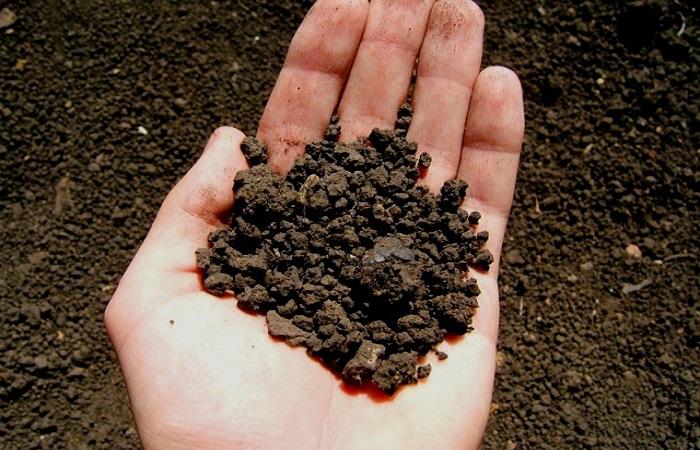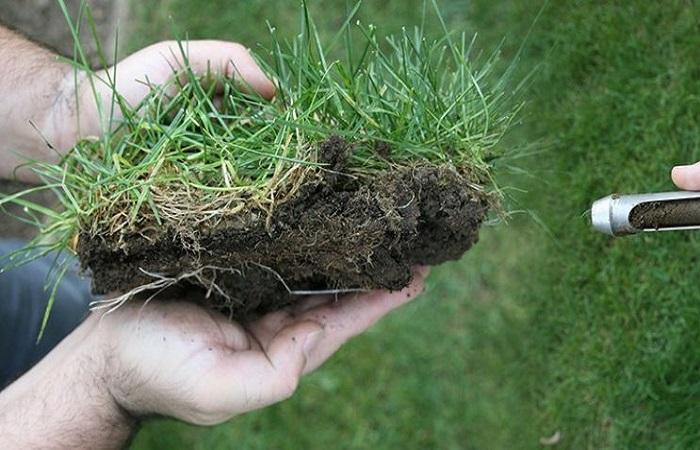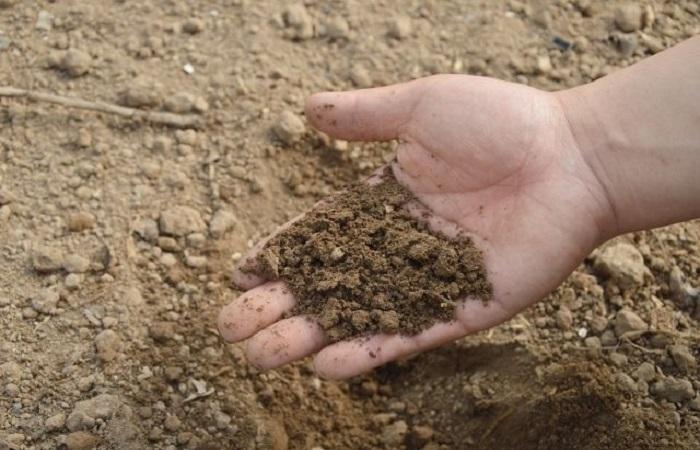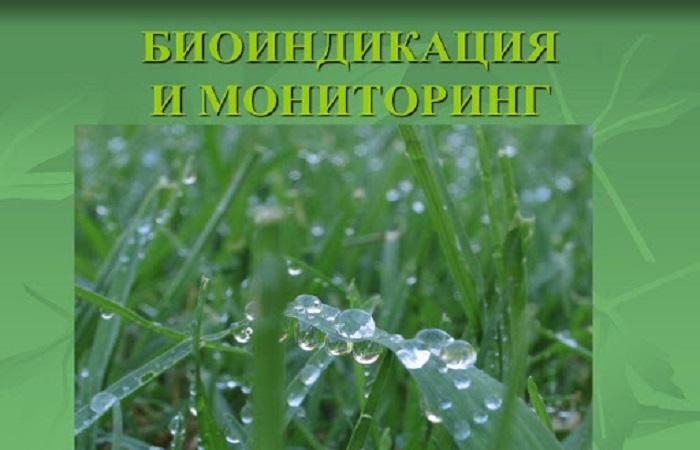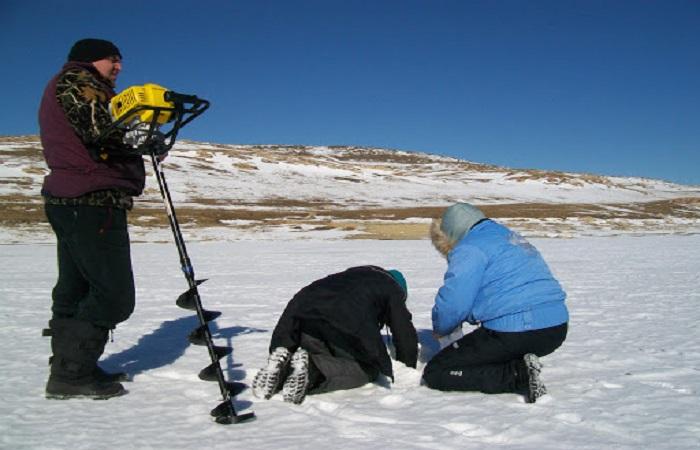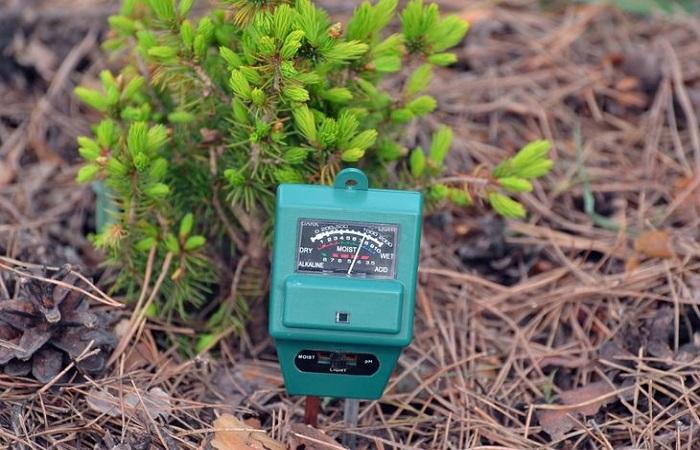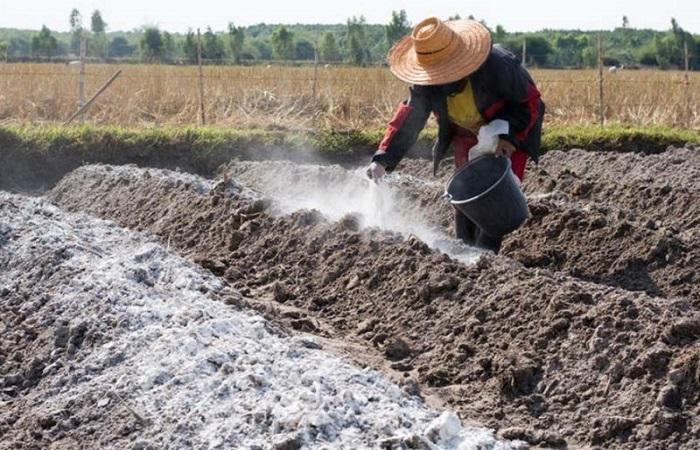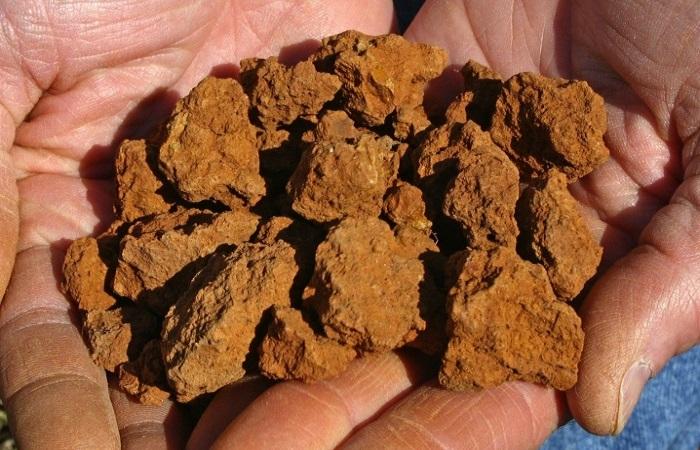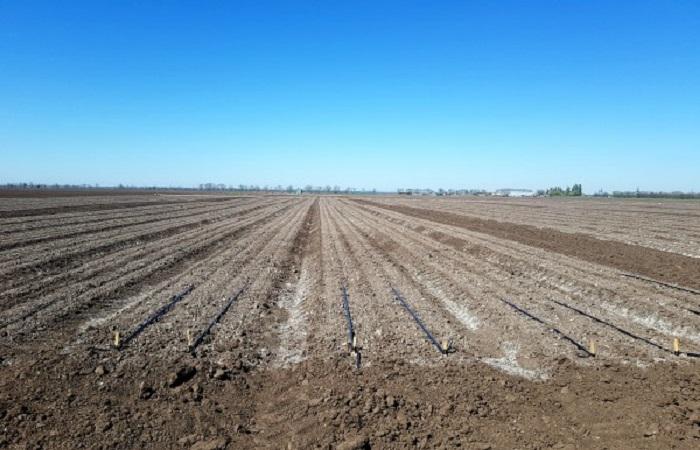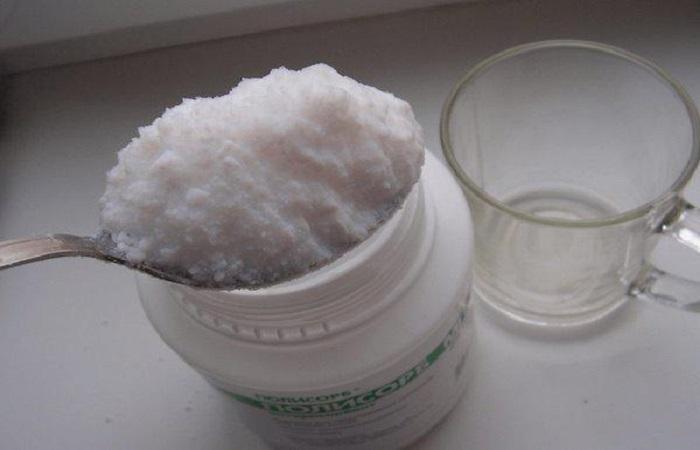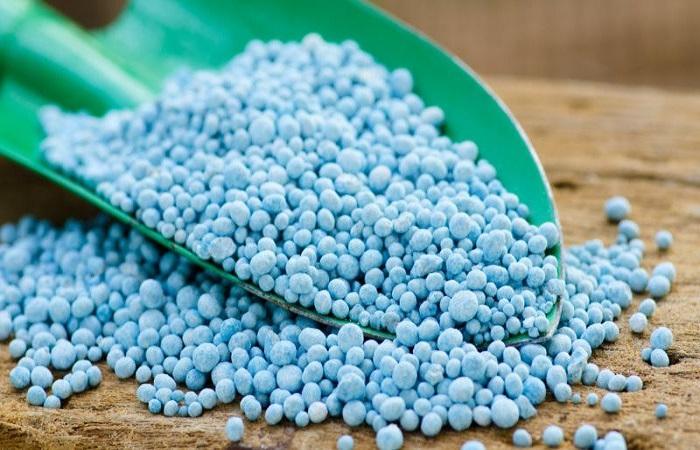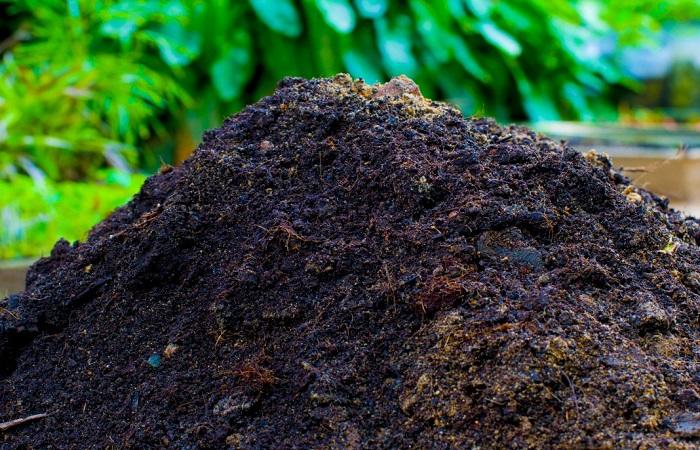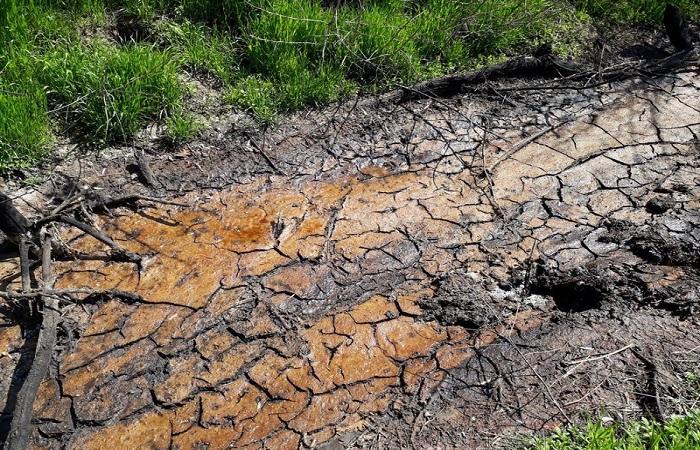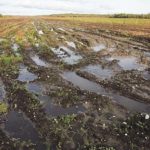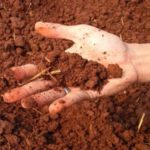Heavy metals are considered common pollutants, the content of which in the soil must be kept under control. What causes soil contamination with heavy metals? The main reasons for the release of these substances into the ground is the combustion of fossil fuels. Other ways are also possible. At the same time, the greatest danger is represented by metals with pronounced toxic properties - mercury, cadmium, lead.
What metals pollute the soil?
There are several categories of hazards for heavy metals. According to the World Health Organization, the most dangerous substances include mercury, cadmium and lead. The concentration of other elements is no less dangerous.
The key threat of heavy metals lies in the fact that they are difficult to remove from the body and accumulate in it. This causes the formation of toxins. They easily move from one environment to another without decomposing. In this case, the substances cause severe pathologies and often cause irreversible consequences.
Mercury
The contamination of soil with mercury can be associated with the penetration of pesticides and all kinds of household waste into it. These could be fluorescent lamps and parts of broken measuring instruments.
According to official information, annual mercury emissions exceed 5,000 tons. This metal can enter the human body from contaminated soil. If this is observed systematically, there is a risk of developing complex lesions of internal organs, including the nervous system. If the rules for treating mercury intoxication are violated, there is a risk of death.
Lead
Lead poses a great danger to people. It is considered a very toxic metal. When 1 ton of lead is mined, 25 kilograms of the substance enters the environment. A large volume of the element penetrates into the soil with exhaust gases.
Cadmium
Soil contamination with cadmium poses a great danger to people. When it gets into the soil, it provokes skeletal curvature and growth cessation in children. In addition, this metal is considered to be the cause of severe back pain.
Copper and zinc
An increased concentration of these substances in the soil provokes slower growth and worsening of fruiting of plants. This results in a sudden decrease in yield parameters. People experience abnormal processes in the liver, brain, and pancreas.
Molybdenum
An increased amount of molybdenum in the soil structure provokes dangerous disturbances in people. This substance can cause the development of gout. It also often causes various diseases of the nervous system.
Antimony
This substance is found in certain types of ores. It is present in alloys that are used in various industrial fields. Excessive amounts of antimony provoke complex digestive disorders.
Arsenic
The main sources of soil contamination with arsenic are substances that are used to control pests of agricultural plants. These may be herbicides or insecticidal substances. Arsenic tends to accumulate and leads to chronic poisoning. Its compounds cause damage to the skin, nervous system and brain.
Manganese
Soil and plants contain a lot of this element. If additional manganese penetrates into the soil, an excess amount of manganese is created. This negatively affects the functioning of the human body, causing destruction of the nervous system.
An excess of other heavy metals is also very dangerous.Thus, the accumulation of these substances in the soil leads to serious consequences for people and the environment.
How to deal with the problem
Before attempting to fix the problem, it is important to diagnose the extent of soil contamination with heavy metals. Various methods are used for this. Each of them has its own specifics and differs in effectiveness depending on the region. Therefore, the level of harmful substances is assessed depending on potential sources of pollution.
The following types of research exist:
- Bioindication. In this case, the condition of the soil is determined, which is reflected by biological indicators. These include the state of plants on the territory, the activity of soil microorganisms, the reactions of mosses and lichens to processes occurring in the structure of the earth.
- Determination of the degree of snow cover contamination. In industrial areas, microelements penetrate into the soil with technogenic dust. It settles and subsequently gets into the ground layers. By assessing snow cover in winter, it is possible to determine the approximate amount of metals that enter the soil over a certain time interval.
- Assessment of soil magnetic susceptibility. This is an express method that allows you to determine the volume of iron oxides present in the soil. These elements are the main carriers of pollutants when emissions enter the atmosphere.
In areas where the soil is most contaminated with heavy metals, it is necessary to count the number of microorganisms. This parameter displays the parameters of soil activity and the quality of the processes of decomposition and absorption of elements.
The second way to eliminate problems is to restore soil that has already been negatively affected. To do this, methods are used that help reduce the volume of metals and neutralize them.
To eliminate soil contamination, it is permissible to use physical, biological and chemical methods. The most effective areas include the following:
- Increasing soil acidity increases the risk of contamination with heavy metals. Therefore, the use of organic matter, lime and clay helps to solve the problem to a certain extent.
- Seeding, mowing and removing certain plants from the soil surface helps to significantly reduce the concentration of harmful metals in the soil structure. In addition, this method is environmentally friendly.
- Detoxification of groundwater also gives good results. To do this, they are pumped out and cleaned.
- It is important to predict and eliminate the migration of the soluble form of heavy metals.
- In difficult cases, you need to completely remove the soil layer and replace it with a new one.
Liming
Adding lime to the soil is considered an effective method. It affects the chemical, biological and physical characteristics of the soil. In combination with lime, trace elements form poorly soluble elements. They gradually dissolve due to chemical absorption.
Plants that are planted in soil treated with lime contain a minimum of metals. This substance leads to a decrease in the mobility of heavy metal particles. At the same time, their solubility increases.
Claying
This procedure has a beneficial effect on the structure of the soil, affecting the mobility of heavy metals.When using clay, which includes mineral additives, the cation exchange capacity of the soil increases. Clay absorbs metals more strongly than organic components. The degree of impact is determined by the characteristics of the polluting elements.
Soil washing
If the content of toxic substances is high, it is worth using the soil washing method. Reagents are used for this. This method has a number of disadvantages. These include the risk of heavy metals entering groundwater and the removal of valuable substances from the soil structure.
The reagent used is soluble iron salts, which are characterized by a low degree of toxicity to crops. After washing, it is necessary to lim the substrate and add minerals and organic matter.
Natural and artificial sorbents
This method involves adding zeolites. They are natural sorbent elements that increase the amount of absorbed microelements. Metabolic fungi are used for bioremediation. It is also acceptable to use worms and insects. The effectiveness of this procedure is determined by the general condition of the soil, the degree of its contamination and composition.
Biologically active waste and activated carbon are used as synthetic sorbents. Ion exchange resins are also highly effective.
Mineral fertilizers
The ingredients of mineral preparations affect the mobility of metals. But this method is not always beneficial, and if used incorrectly it can cause great harm. A side effect of fertilizing is considered to be an increase in acidity parameters, which negatively affects the mobility of toxic substances.
Fluoride-containing drugs are used for detoxification.This method can be used for severe contamination. With a low content of harmful elements, the use of such compositions will only worsen the general condition of the soil.
Organic fertilizers
Soil saturated with organic matter is less sensitive to the influence of negative factors. Organic substances provoke an increase in fertility and an increase in the amount of useful elements that crops need for normal development.
Consequences of heavy metal accumulation
Excessive amounts of harmful metals in the soil lead to negative effects. Particularly dangerous are pathologies that appear when substances enter the body. Large amounts of many elements have a neurotoxic effect. Intoxication can lead to acute and chronic pathologies and cause life-threatening complications.
The negative consequences of soil pollution include the following:
- disruption of cultural development;
- decrease in overall soil fertility;
- death of useful plants;
- reduction in water quality;
- reduction in the volume of nutrients in the soil structure;
- negative impact on fauna;
- influence on microbiological properties.
Soil contamination with metals provokes disruption of the cycle of substances in nature. This negatively affects all components of the biosphere.

